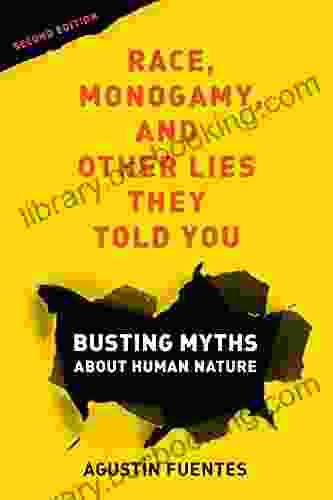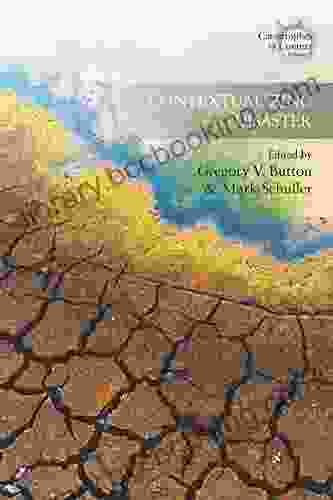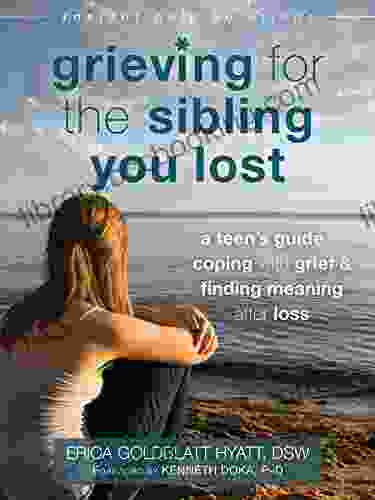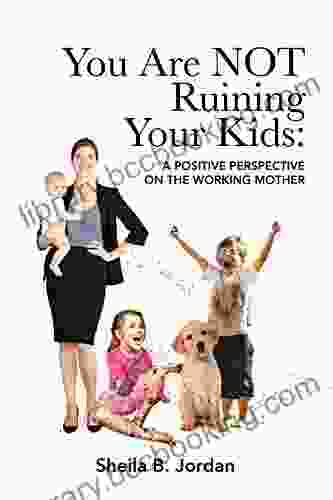Contextualizing Disaster Catastrophes: Exploring the Interplay of Vulnerability and Resilience

Disasters, whether natural or human-made, can have devastating consequences, leaving behind a trail of destruction and upheaval. The impact of these events extends far beyond the immediate physical damage, as they also trigger a cascade of social, economic, and psychological effects. To effectively address and mitigate the challenges posed by disaster catastrophes, it is imperative to adopt a comprehensive approach that considers the interconnected factors that contribute to their occurrence and impact. This book aims to provide a nuanced understanding of disaster catastrophes by exploring the intricate interplay of vulnerability and resilience.
Vulnerability and Resilience: Intertwined Concepts
Vulnerability and resilience are two sides of the same coin, representing the susceptibility to harm and the capacity to recover from adversity, respectively. Vulnerability is influenced by a multitude of factors, including poverty, lack of access to essential services, environmental degradation, and social isolation. Resilience, on the other hand, encompasses the ability to withstand, adapt to, and recover from disruptive events. It is fostered by strong social networks, robust infrastructure, access to resources, and effective disaster preparedness and response systems.
4.7 out of 5
| Language | : | English |
| File size | : | 1115 KB |
| Text-to-Speech | : | Enabled |
| Screen Reader | : | Supported |
| Enhanced typesetting | : | Enabled |
| Word Wise | : | Enabled |
| Print length | : | 356 pages |
The Complexity of Disaster Catastrophes
Disaster catastrophes are complex phenomena that are shaped by a convergence of factors, including natural hazards, human activities, and societal vulnerabilities. Natural hazards, such as earthquakes, hurricanes, and floods, pose a constant threat to communities worldwide. Human activities, such as deforestation, pollution, and urbanization, can exacerbate the impact of natural hazards, leading to more frequent and severe disasters. Moreover, social vulnerabilities, such as poverty, inequality, and discrimination, can amplify the consequences of disasters, disproportionately affecting marginalized populations.
Case Studies: Lessons from Disaster Catastrophes
To illustrate the interplay of vulnerability and resilience in disaster catastrophes, the book presents a series of case studies that examine specific events, including the 2011 Great East Japan Earthquake and Tsunami, the 2005 Hurricane Katrina, and the 2015 Nepal earthquake. These case studies highlight the multifaceted nature of disaster catastrophes and demonstrate how different factors interact to shape their impact. By examining the successes and failures of disaster response efforts, we can learn valuable lessons for future disaster management.
Disaster Risk Management and Resilience Building
Effective disaster risk management and resilience building require a proactive approach that focuses on reducing vulnerability and enhancing resilience before disasters strike. This involves implementing measures such as hazard mapping, land-use planning, infrastructure improvement, and community education. It also entails empowering communities to play an active role in disaster preparedness and response. By taking these steps, communities can mitigate the risks associated with disasters and build more resilient societies.
Disaster Recovery and Reconstruction
In the aftermath of a disaster catastrophe, recovery and reconstruction efforts are crucial for rebuilding affected communities. These efforts should prioritize the needs of vulnerable populations and aim to create more equitable and resilient societies. It is essential to engage affected communities in the recovery process, ensuring that their voices are heard and their needs are met. By adopting a participatory approach to recovery, we can ensure that communities emerge from disaster stronger and more resilient than before.
Contextualizing disaster catastrophes is essential for developing effective strategies to mitigate their impact and promote resilient societies. By understanding the interplay of vulnerability and resilience, we can identify the root causes of disasters and develop targeted interventions that address these vulnerabilities. This book provides a valuable resource for researchers, policymakers, practitioners, and community leaders who are committed to building more resilient communities and reducing the devastating impacts of disaster catastrophes.
4.7 out of 5
| Language | : | English |
| File size | : | 1115 KB |
| Text-to-Speech | : | Enabled |
| Screen Reader | : | Supported |
| Enhanced typesetting | : | Enabled |
| Word Wise | : | Enabled |
| Print length | : | 356 pages |
Do you want to contribute by writing guest posts on this blog?
Please contact us and send us a resume of previous articles that you have written.
 Book
Book Novel
Novel Page
Page Chapter
Chapter Text
Text Story
Story Genre
Genre Reader
Reader Library
Library Paperback
Paperback E-book
E-book Magazine
Magazine Newspaper
Newspaper Paragraph
Paragraph Sentence
Sentence Bookmark
Bookmark Shelf
Shelf Glossary
Glossary Bibliography
Bibliography Foreword
Foreword Preface
Preface Synopsis
Synopsis Annotation
Annotation Footnote
Footnote Manuscript
Manuscript Scroll
Scroll Codex
Codex Tome
Tome Bestseller
Bestseller Classics
Classics Library card
Library card Narrative
Narrative Biography
Biography Autobiography
Autobiography Memoir
Memoir Reference
Reference Encyclopedia
Encyclopedia Zachary Shore
Zachary Shore Lewis Kirkham
Lewis Kirkham Melissa Young Dorn
Melissa Young Dorn Naomi Kleinberg
Naomi Kleinberg Sabri Suby
Sabri Suby William Spencer
William Spencer Soyica Diggs Colbert
Soyica Diggs Colbert Ralph Galeano
Ralph Galeano Valerie Hansen
Valerie Hansen Todd Wilbur
Todd Wilbur Rhiannon Fielding
Rhiannon Fielding Mike Erskine Kellie
Mike Erskine Kellie Timothy Snyder
Timothy Snyder Michael R Beschloss
Michael R Beschloss Nancy Carpenter
Nancy Carpenter Regan Parker
Regan Parker Nellie Bly
Nellie Bly Sandy Mitchell
Sandy Mitchell William C Dietz
William C Dietz Simon Mann
Simon Mann
Light bulbAdvertise smarter! Our strategic ad space ensures maximum exposure. Reserve your spot today!

 William FaulknerUnveiling the Magic of Christmas with "The Silver Christmas Tree Holiday...
William FaulknerUnveiling the Magic of Christmas with "The Silver Christmas Tree Holiday... Roland HayesFollow ·16.2k
Roland HayesFollow ·16.2k Frank MitchellFollow ·16.7k
Frank MitchellFollow ·16.7k Willie BlairFollow ·2.1k
Willie BlairFollow ·2.1k Jerome BlairFollow ·12.1k
Jerome BlairFollow ·12.1k Craig BlairFollow ·16.1k
Craig BlairFollow ·16.1k Diego BlairFollow ·14.6k
Diego BlairFollow ·14.6k Joe SimmonsFollow ·7.3k
Joe SimmonsFollow ·7.3k Josh CarterFollow ·7.5k
Josh CarterFollow ·7.5k

 Brian Bell
Brian BellExploring The Natural World Through Mindful Expressive...
Unleash the...

 David Baldacci
David BaldacciJourney into the Enigmatic World of "Grass" by Sheri S....
Prepare to be captivated by "Grass," a...

 Dashawn Hayes
Dashawn HayesBusting Myths About Human Nature: Unraveling the Complex...
Challenging the...

 Ernest Hemingway
Ernest HemingwayNotes on Suicide: A Profound Exploration of the...
Suicide, a taboo subject shrouded in...
4.7 out of 5
| Language | : | English |
| File size | : | 1115 KB |
| Text-to-Speech | : | Enabled |
| Screen Reader | : | Supported |
| Enhanced typesetting | : | Enabled |
| Word Wise | : | Enabled |
| Print length | : | 356 pages |














